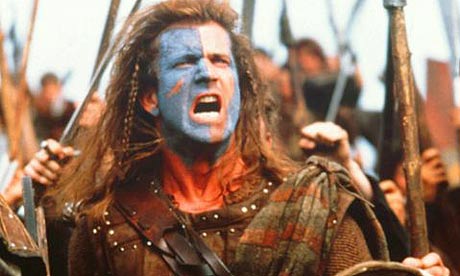Social Kitchen Ramsgate Rye Pale Ale
This was the second growler that I picked up from Social Kitchen, but it took me a little while to get 'round to reviewing it. Rye is an interesting but sometimes difficult grain to work with. It adds a lightness of body like wheat, with a certain spiciness. Unfortunately for the homebrewer, however, like wheat it has much less hull than barley, so it can be tricky and sticky in the mash. And beyond that, it has to be handled carefully. It's typically used in pale ales and IPAs to lighten the color and body, and add an extra dimension of flavor.
I can only guess at the reference in the name. Ramsgate is a little seaside resort town in Kent that has a yearly beer festival, and a couple of beers with rye were served there, so perhaps SK's new brewer enjoyed one? I'll ask him if I meet him.
In any event, Ramsgate the beer is a nice summery session beer, with a straw color and slightly tart but not overpowering hops aroma and flavor. The rye does its job quite nicely.
Social Kitchen Rapscallion Strong Golden Belgian
One of the players in our Sunday RPG group brought this as his contribution to the beer selection. He said it was the 2nd strongest beer SK was serving (they wouldn't sell him a growler of the strongest, presumably the 8.8% ABV Anniversary Brune, but that's hardly unusual since brewpubs tend to charge a flat price for growler fills, but stronger beers are move expensive). He said the beer was called "Two Pretentious Girls With Cellos," apparently a reference to a music group called "Rasputin." This puzzled me; I assumed they couldn't call it "Rasputin" since there's a well-established beer of that name. However, SK's website showed no beer of either name. I emailed brewmaster Kim Sturdavant, and while he agreed that it was a great name for a beer, he had no idea what I was talking about, either.
A little googling revealed that the band's actual name was Rasputina, and a little reasoning brought me to the conclusion that the beer was actually SK's Rapscallion.
Rapscallion is billed as a "strong golden Belgian," and was one of the beers brewed by SK's original brewmaster, Rich Higgins. It's similar to a tripel - golden color, thick body, slightly sweet, lightly hopped - but not quite as strong (though still strong enough). Not quite a session beer, but very drinkable.
Firestone Walker Double DBA Imperial Special Bitter
As I've mentioned before, I'm not a big fan of FW's regular beers, but I do love their reserve releases, and Double Double Barrel is no exception.
Bitter (and its cousins special bitter and extra special bitter, AKA ESB) is bascially old school English session beer, the ale equivalent of pisswater lager. (Admittedly, 15-20 years ago, before it was bought by the Great Imperialist Brewing Satan, Redhook ESB was a gateway to craft beers for a lot of folks, myself included). It's not really bitter, that is, hoppy, except perhaps in comparison to porters, stouts, and milds, although the term "bitter" was originally used interchangeably with "pale ale;" English style pale ales tend to be less hoppy than American ones. (Also, bitter should not be confused with bitters, the alcoholic extracts of herbs, spices, etc. that are used in flavoring cocktails.)
FW's normal Double Barrel Ale (DBA) is pretty much in the standard English "special bitter" style, light caramel color, only slightly bitter. Despite being aged in oak barrels, I find very little of the oak character in it. Double Double Barrel Imperial Special Bitter is a doubly-strong version, very much like a barleywine, aged in bourbon barrels. It's like drinking candy, with luscious toffee and caramel notes, overlaid with the wood and vanilla of the bourbon barrels. It's a delicious treat, so grab it while you can for dessert!
Social Kitchen, Ramsgate Rye Pale Ale. 4.9% ABV, 45 IBU.
Social Kitchen, Rapscallion Strong Golden Belgian. 7.2% ABV, 23 IBU.
Firestone Walker, Double Double Barrel Imperial Special Bitter. 12% ABV, IBU want some candy little girl...?




